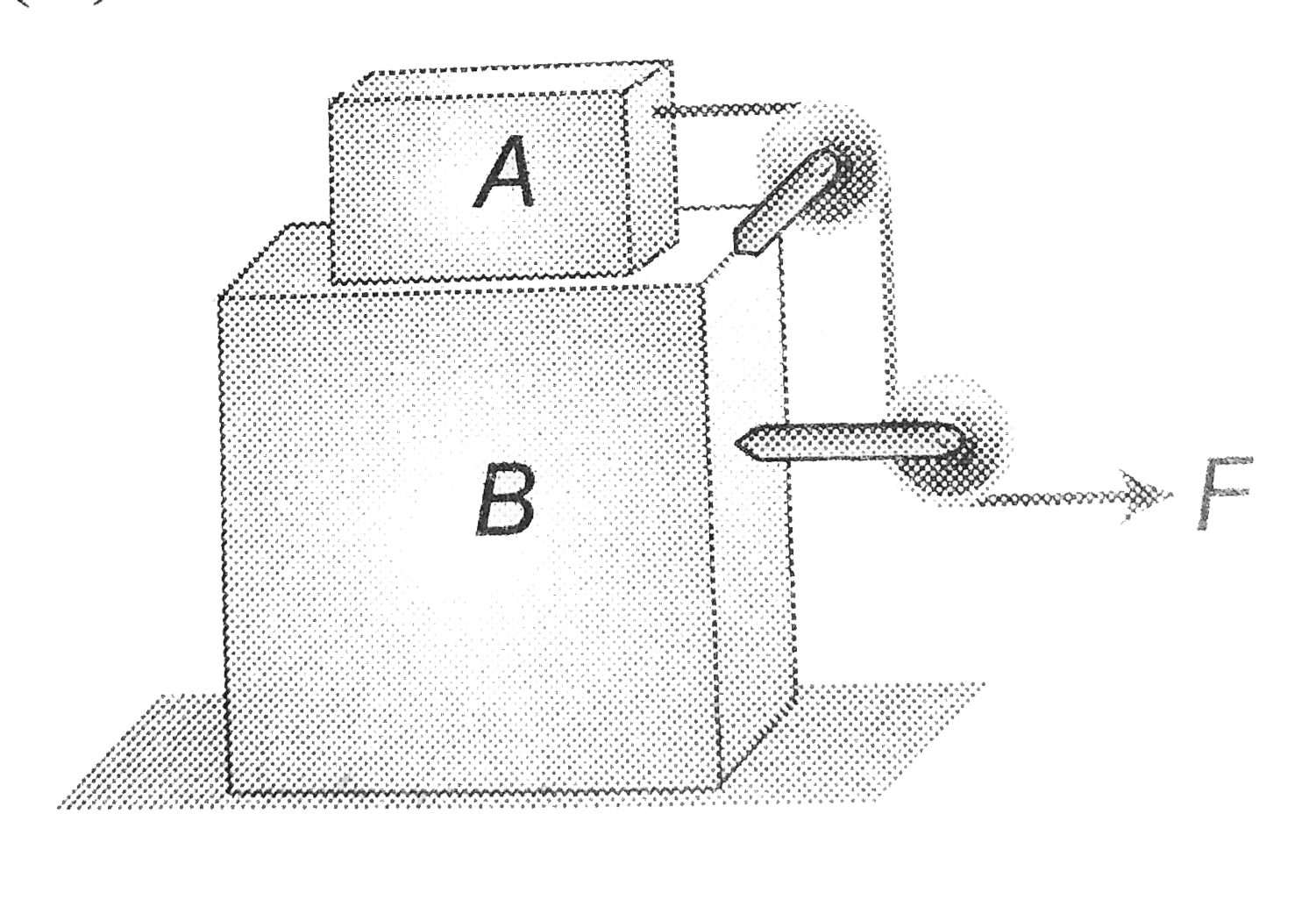Light can be blocked by using a cardboard or other obstacle while sound wave cannot be blocked in similar way. Exaplain.
Step-by-Step Solution:
1. Understanding Light and Sound Waves:
- Light waves are electromagnetic waves that travel in straight lines and exhibit rectilinear propagation. Sound waves, on the other hand, are mechanical waves that require a medium to propagate and can bend around obstacles.
2. Rectilinear Propagation of Light:
- Light travels in straight lines unless it encounters an obstacle. If the obstacle is small compared to the wavelength of light, diffraction occurs, causing the light to bend around the edges of the obstacle.
3. Diffraction Phenomenon:
- Diffraction is the bending of waves around obstacles and openings. For light, this effect is noticeable when the size of the obstacle or slit is comparable to the wavelength of the light. The wavelength of visible light ranges from approximately 3800 to 7800 angstroms (1 angstrom = 10^-10 meters), which is very small.
4. Size of the Obstacle:
- If an obstacle is large enough to cover the entire wavefront of light, diffraction is minimal, and the light cannot pass through. However, if the obstacle is small, light will bend around it, allowing some light to reach the other side.
5. Wavelength of Sound Waves:
- In contrast, sound waves have much larger wavelengths, ranging from about 17 mm to 17 m. This significant difference in wavelength means that even if an obstacle is present, sound waves can still bend around it due to diffraction.
6. Conclusion:
- The reason light can be blocked by obstacles while sound cannot is primarily due to the difference in their wavelengths. Light's small wavelength makes it less susceptible to diffraction when encountering larger obstacles, while sound's larger wavelength allows it to diffract around obstacles, enabling it to be heard even when blocked by barriers.
- Light waves are electromagnetic waves that travel in straight lines and exhibit rectilinear propagation. Sound waves, on the other hand, are mechanical waves that require a medium to propagate and can bend around obstacles.
- Light travels in straight lines unless it encounters an obstacle. If the obstacle is small compared to the wavelength of light, diffraction occurs, causing the light to bend around the edges of the obstacle.
- Diffraction is the bending of waves around obstacles and openings. For light, this effect is noticeable when the size of the obstacle or slit is comparable to the wavelength of the light. The wavelength of visible light ranges from approximately 3800 to 7800 angstroms (1 angstrom = 10^-10 meters), which is very small.
- If an obstacle is large enough to cover the entire wavefront of light, diffraction is minimal, and the light cannot pass through. However, if the obstacle is small, light will bend around it, allowing some light to reach the other side.
- In contrast, sound waves have much larger wavelengths, ranging from about 17 mm to 17 m. This significant difference in wavelength means that even if an obstacle is present, sound waves can still bend around it due to diffraction.
- The reason light can be blocked by obstacles while sound cannot is primarily due to the difference in their wavelengths. Light's small wavelength makes it less susceptible to diffraction when encountering larger obstacles, while sound's larger wavelength allows it to diffract around obstacles, enabling it to be heard even when blocked by barriers.
Topper's Solved these Questions
- BOOK - MODERN PUBLICATIONCHAPTER - WAVE OPTICALEXERCISE - Tough & Tricky (PROBLEMS)7videos
WAVE OPTICAL
- BOOK - MODERN PUBLICATIONCHAPTER - WAVE OPTICALEXERCISE - NCERT FILE SOLVED (TEXT BOOK EXERCISES)10videos
WAVE OPTICAL
- BOOK - MODERN PUBLICATIONCHAPTER - WAVE OPTICALEXERCISE - PRACTICE PROBLEMS (4)9videos
WAVE OPTICAL
- BOOK - MODERN PUBLICATIONCHAPTER - SEMICONDUCTOR ELECTRONICS METERIALS DEVICES AND SIMPLE CIRCUITS EXERCISE - CHAPTER PRACTICE TEST FOR BOARD EXAMINATION12videos
SEMICONDUCTOR ELECTRONICS METERIALS DEVICES AND SIMPLE CIRCUITS
Similar Questions
Knowledge Check
- Question 1 - Select One
The similarity between the sound waves and light waves is
ABoth are electromagnetic wavesBBoth are longitudinal wavesCBoth have the same speed in a mediumDThey can produce interference - Question 2 - Select One
Both sound and light waves can be propagated through
AvacuumBairCBoth (a) and (b)DNone of the above - Question 3 - Select One
Both sound and light waves can be propagated through
AvacuumBairCBoth (a) and (b)DNone of the above
If we put a cardboard (say20cm×20cm) between a light source and our eyes, we can't see the light. But when we put the same cardboard between a sound source and our ear, we hear the sound almost clearly, Explain.
View SolutionAssertion: Light waves can be polarised but sound waves cannot be polarised.
Reason: Sound waves in air are longitudinal in nature.View SolutionExplain the following giving reason for each:
(a) How does a polaroid work to produce a linearly polarised light from an unpolarised beam of light ?
(b) Why is it that light waves can be polarised but sound waves cannot be ?
(c) Why are sun goggles made of polaroids preferred over those using coloured glasses ?View SolutionTwo identical blocks each having a mass of 20 kg are connected to each other by a light inextensible string as shown and as placed over a rough surface. Pulley are connected to the blocks.
Find acceleration of the blocks after one second after the application of the time varying force of 40 t N, where t is in second.
 View Solution
View SolutionIn the arrangement shown in figure, m_A = m_B = 2kg. String is massless and pulley is frictionless. Block B is resting on a smooth horizontal surface, while friction coefficient beteen block A and B is μ=0.5 . the Maximum horizontal force F that can be applied so that block A does not slip over block B is.
 View Solution
View Solution

